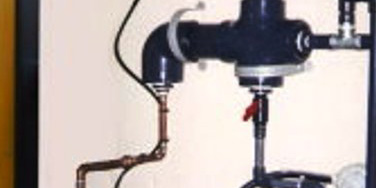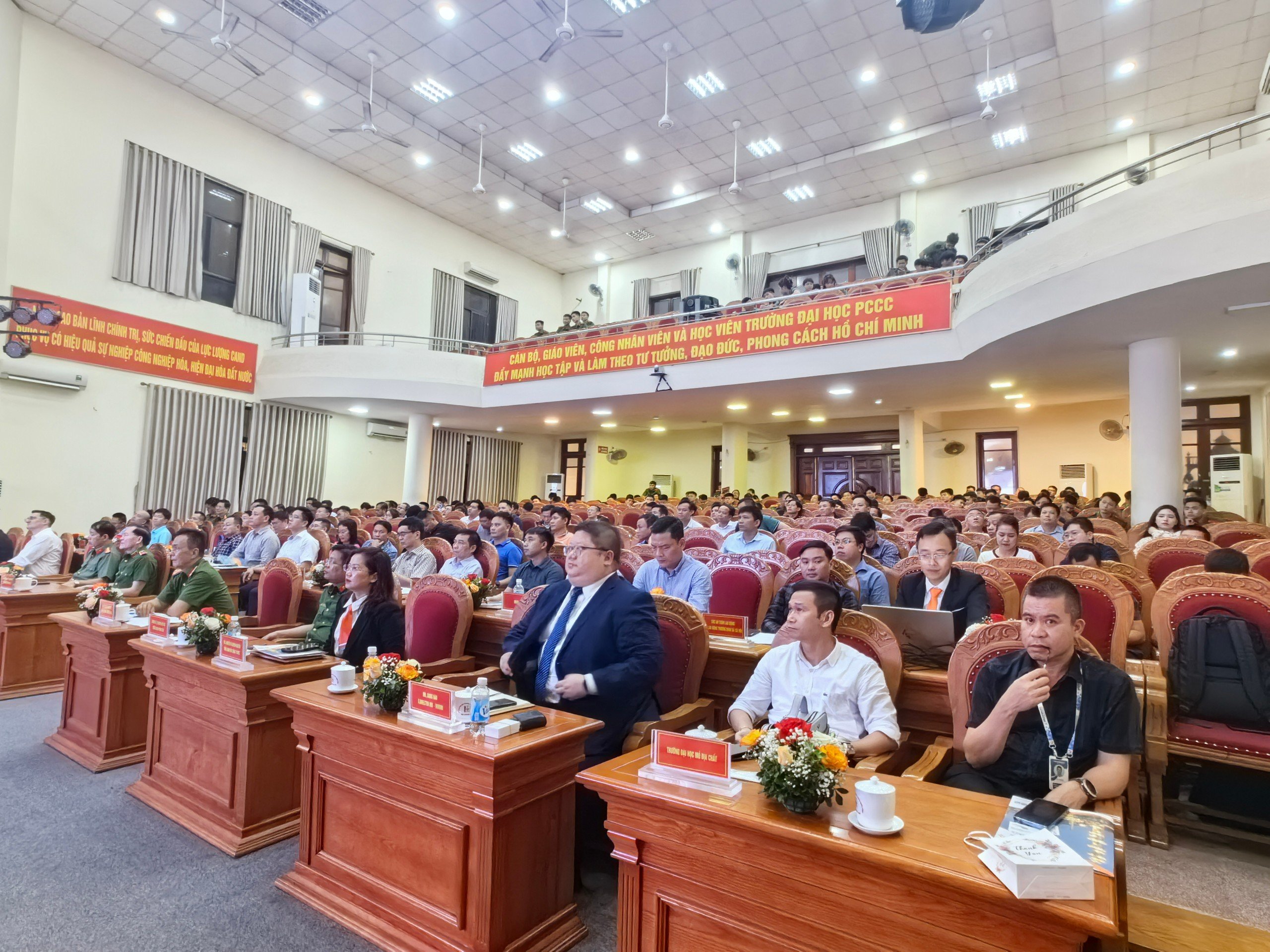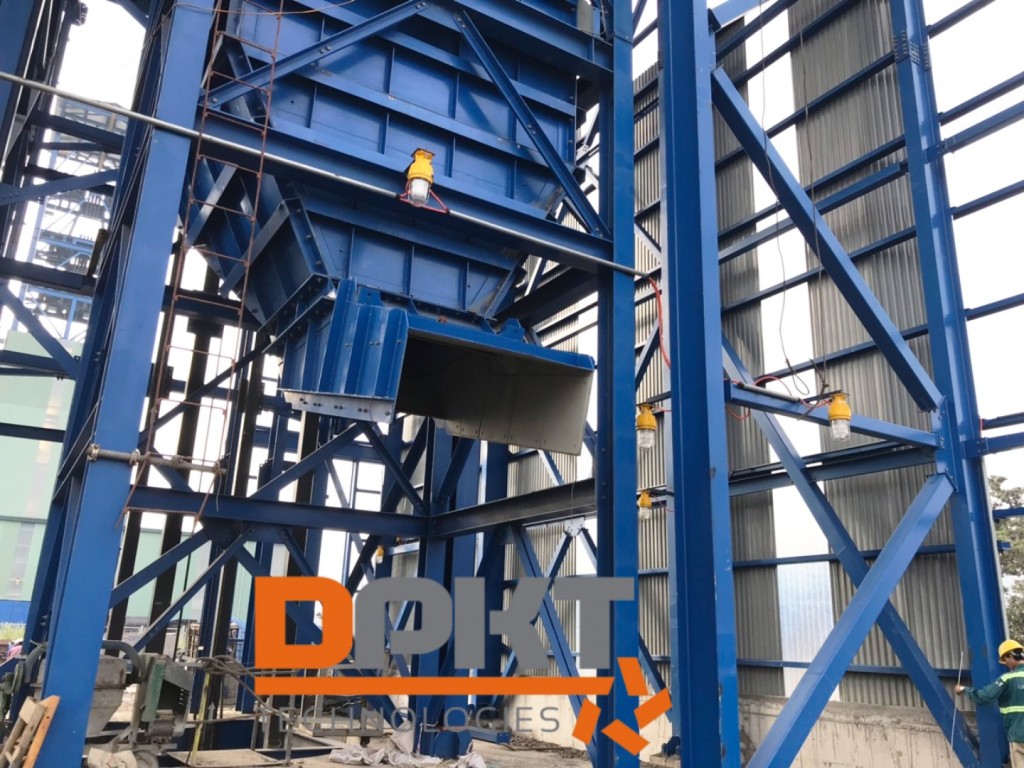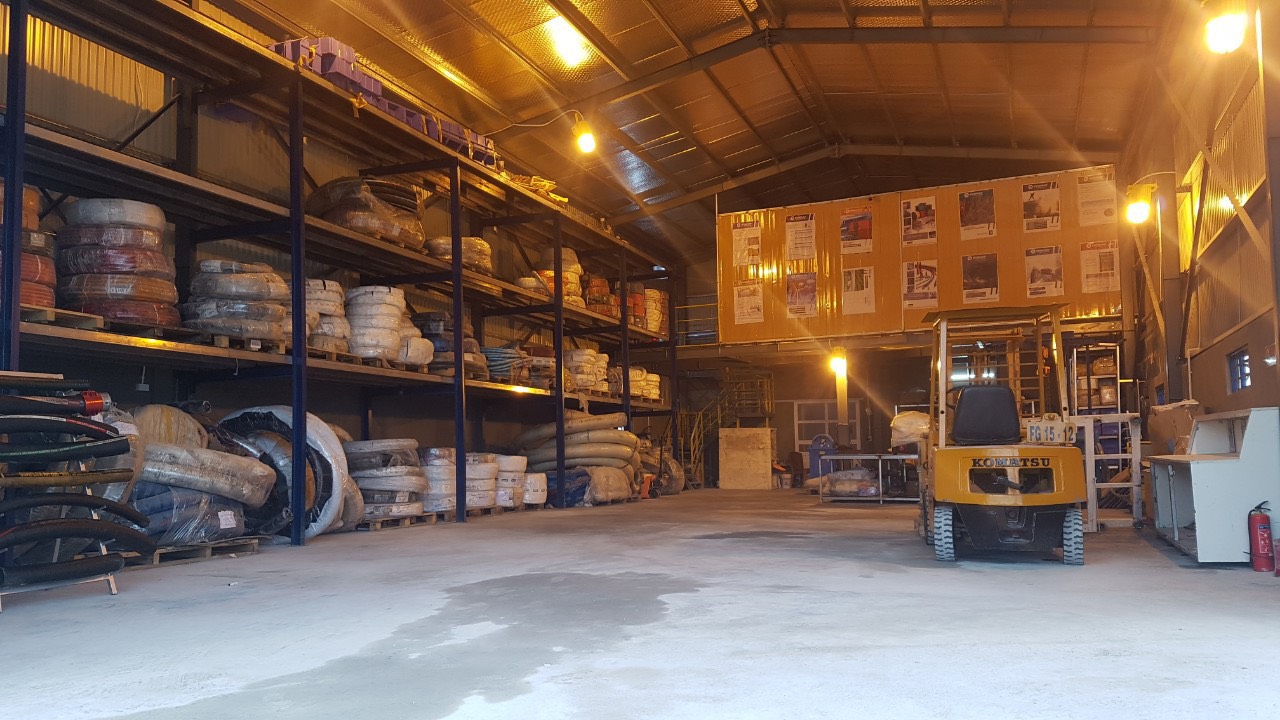
Statement of the Problem
Water systems are responsible not only for water quality at the end of the treatment process, but throughout the entire distribution system. This requires that treatment plants establish a disinfectant residual and maintain this residual throughout the distribution system. The Stage 1 Disinfectants and Disinfection Byproducts Rule (DBPR) applies to all community water systems and to many other water systems which add a chemical disinfectant in the water in any part of the drinking water treatment process. The disinfectant of choice for distribution residual is free chlorine, but an increasing number of utilities are distributing water with a chloramine residual due to the less reactive nature of chloramine and the reduced tendency to form disinfection byproducts. (See ChemScan Application Summaries #99, Chlorination Control and #86, Chloramination Process Control) Both chlorine and chloramine offer challenges related to loss of residual and control of biofilm growth within the system. (Related challenges offered by blending treated and untreated water are discussed in ChemScan Application Summary #164, Water Blending.)
Biofilm Control
The characteristics of the source water often have a direct impact on the tendency to form biofilms. Ground water sources tend to contain iron or sulfur reducing bacteria that can become attached to sites within the distribution system, where they form a tubercule. The tubercule will tend to capture nutrients and consume chlorine residual. Nitrifying bacteria can then form an outer layer over the reducing bacteria. Nitrifying bacteria include nitrosomas, which convert ammonia to nitrite. Excess free ammonia in the system will accelerate this process, whether the excess ammonia is from natural sources or liberated from chloramine as a result of chlorine consumption by reducing bacteria and other microbial contaminants. Ammonia oxidizing bacteria produce organic by products, which can then support an additional heterotrophic layer attached to the tubercule site. These heterotrophic bacteria include pseudomonas, coliforms, fungi, and actinomyces. When heterotrops become established, disinfectant residual can rapidly become exhausted.
Surface waters can also contribute iron or sulfur reducing bacteria or nitrifying bacteria that can become attached to distribution surfaces. Because surface water is more likely to be chloraminated, oxidizing bacteria have a readily available source of ammonia and can easily become established without initial assistance from reducing bacteria tubercule. If heterotrops become established, a shock of high concentration free chlorine exposure may be required to eliminate the biofilm.
ChemScan Monitoring Systems
Analysis of disinfectant residual, whether free chlorine or chloramine, is an essential element of distribution system monitoring. In general, federal law requires that water systems must measure residual disinfectant level at the same points in the distribution system and at the same frequency as total coliform analysis. This minimum analysis is much less frequent than required for adequate control. Systems with chloramination residuals should continuously monitor for free ammonia, total ammonia, monochloramine and total chlorine. Chlorine should be boosted periodically in these systems to replace any chloramine consumed within the system. Other symptoms of possible issues within the system include color change, turbidity and oxidized nitrogen formation.
ChemScan analyzers can detect multiple parameters at distribution monitoring points with specific parameters appropriate for the water type and disinfection practices including free or total chlorine, monochloramine, free ammonia, total ammonia, hardness, iron, manganese, nitrate, nitrite, turbidity and/or color. Chemical monitoring systems can be supplemented with other sensors such as pH and conductivity as needed for complete water quality analysis at each location.










